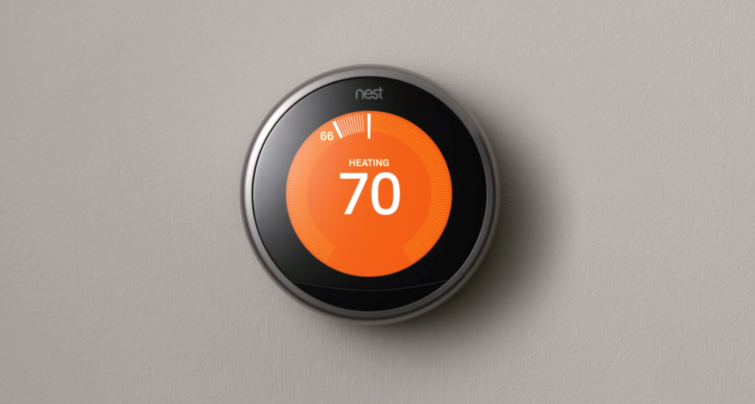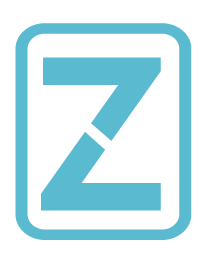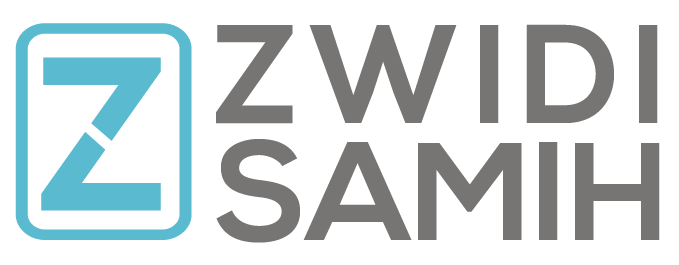

reader comments
106 with 75 posters participating
The smart home company Nest is currently in the middle of a rocky transition from standalone Alphabet company to a full-on merger with Google’s hardware team, where it will exist as a Google sub-brand. The details were announced during Google I/O 2019 and include the debut of the first “Google Nest” product, the shutdown of the “Works with Nest” (WWN) ecosystem, and the death of standalone Nest accounts and the Nest/Google data separation. Until now, the transition has mostly involved news and new products, but now a recent update to the Nest app will let existing Nest users “migrate their account to Google.” Be warned that doing this will break a lot of things and is irreversible.
So far, it looks like the Nest-to-Google transition more or less involves shutting down everything that was unique to Nest and switching to the Google Home/Google Assistant ecosystem. Migrating your Nest account to a Google account basically means jumping ecosystems, leaving behind any “Works with Nest” integrations with other apps or devices. Basic things like the Nest app, website, and Google voice commands will still work, but that’s about it. Amazon Alexa users will probably see the current “Works with Nest” skill stop working, but apparently there is a new “Google Nest” skill that will replace some of the functionality.
Google’s support page on the transition warns that the process “is not reversible” and that “During the migration process, you will need to remove and disconnect all your WWN third-party product connections (also not reversible).” This means you’ll have to take careful stock of your Nest integrations before you switch and make sure you know what will and won’t break. If you mess up, there’s no going back.
Migrating to a Google account also means tearing down the data separation that used to exist between Nest and Google. Your Nest data will now be held in accordance with the Google Privacy Policy, and Google has a whole page up on what will change here.
Switching to a Google account has some benefits. First, the Google account system is much more robust than a Nest login, with multiple options for two-factor authentication (Nest only supported SMS). Migrating to a Google account will also mean automatic integration with the Google Assistant, where before you had to link your Nest account via an additional setup step.
-
You can find this Nest-to-Google Migration page under “Account” on the app or website.Ron Amadeo
-
Google wants you to disconnect all your Works with Nest stuff, which will stop working. For me, my favorite Nest app will stop working.Ron Amadeo
Shutting down “Works with Nest” could break all manner of functionality for some people. Going all-in on Nest’s ecosystem meant buying other hardware that supported the Works with Nest ecosystem, and then you could do location-based triggers like have the lights on when you leave the house or blink the lights if your Nest Protect smoke detector picks up a harmful substance. It will also break many third-party control surfaces for the Nest, like my favorite Nest Android app, ThermoStats.
Google’s smart home ecosystem currently has no location-based triggers. Google’s blog post in May said that Home/Away functionality would be coming to the Google Assistant “later this year,” but the more recent support page says this is now scheduled for “early 2020.”
Regardless of whether Nest users choose to switch to a Google Account, the Works with Nest ecosystem will stop accepting new connections August 31. Originally, Google made August 31 a hard shut-off date for Works with Nest, but after receiving complaints, the company relented. Now Google will just lock new device connections on August 31 and let Works with Nest die a slow death.
Google’s support page notes that:
[I]f you choose not to migrate your Nest Account, your existing WWN [Works with Nest] device connections will continue working with your Nest Account and Nest app uninterrupted. But you won’t have access to new features that will be available with a Google Account, the Google Home app, and the WWGA [Works with Google Assistant] program. If we make changes to the existing WWN connections available to you with your Nest Account, we will make sure to keep you informed.
The account merger is just one of many changes Google has been making to the Nest ecosystem lately. Recently, as part of a “commitment to privacy,” Google removed the ability to disable the recording light on the Nest Cam so everyone knows when the camera is recording. Nest customers were not happy about this feature removal, as there are some legitimate reasons for wanting to disable the light. The old Nest settings page suggested disabling the light “if you want your camera to be less noticeable, or if the status light is too bright at night.” Google also announced it was resetting the Nest Cam’s auto-recording feature, which would record video when a Nest smoke detector went off, to make sure customers are “always expressly opting in” to the automatic recording.
The transition from Nest to Google is going to be bumpy. Smart home setups can get pretty complicated behind the scenes as you cross wires with different apps, ecosystems, and control surfaces, and remembering how it all works can be difficult. It would be nice for smart home owners to be able to test Google account migration and see what suddenly stops working, but the irreversibility of Google’s transition process makes it even scarier than it needs to be. Maybe at some point when Nest is fully integrated with Google and cool new features are rolling out, this will all seem worth it. For now, the migration sounds like a painful process with little upside, and since the Google Assistant ecosystem cannot provide a smooth transition for all the Nest features that exist, Nest users are probably better off waiting.
Update: Google actually recommends that you wait to do this too. The company says “Once similar WWN [Works with Nest] features are available on the WWGA [Works with Google Assistant] platform, such as automated routines based on Home/Away status, you will receive an email invitation to migrate with minimal disruption from a Nest Account to a Google Account.”


